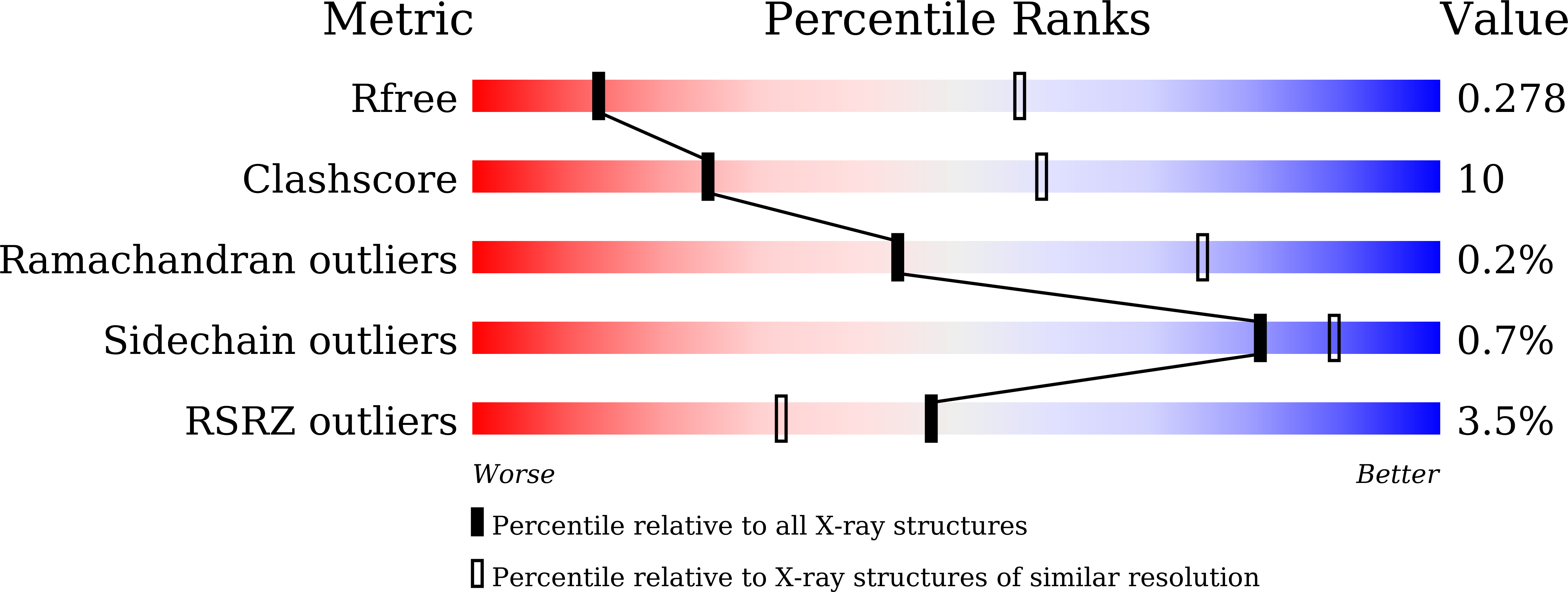
Deposition Date
2023-12-25
Release Date
2025-04-16
Last Version Date
2025-04-16
Entry Detail
Biological Source:
Source Organism:
Neisseria gonorrhoeae FA 1090 (Taxon ID: 242231)
Host Organism:
Method Details:
Experimental Method:
Resolution:
3.50 Å
R-Value Free:
0.27
R-Value Work:
0.26
R-Value Observed:
0.26
Space Group:
I 2 2 2


